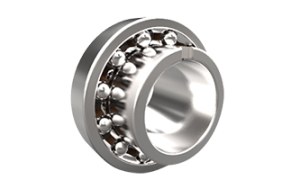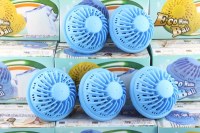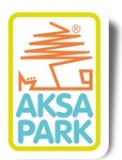Self Aligning Bearing Application
Self aligning bearing types have two rows of balls and two continuous tracks of deep groove ball type in the inner ring. The outer ring has a spherical track with the center of curvature coinciding with the center of curvature of the bearing. This gives the inner ring, the balls, and the shaft of the cage a deflection area. Self aligning linear ball bearings are mainly used to carry radial loads and light axial loads, but cannot carry pure axial loads. The followings are self-aligning bearing types.
Self-aligning Ball Bearing
Self-aligning ball bearings are particularly suitable for misalignment applications where mounting accuracy is difficult to guarantee or where shaft deflection may cause misalignment. Open and closed (with seals or dust caps) designs are available. The inner ring with tapered bore is also available on request for use with tightening sleeves.
Self-aligning Ball Bearing With E-tended Inner Ring
The difference from the standard aligning ball bearings is that the inner ring is extended with a positioning groove at one end of the ring, which is positioned by a pin when it is installed on the shaft to avoid the inner ring from turning on the shaft.
Self-aligning Ball Bearing vs Basic Ball Bearing
Self-aligning ball bearings are usually composed of an outer ring with a spherical raceway, a double raceway inner ring, two rows of steel balls and a cage. The inner ring with two rows of steel balls and the cage can swing at a certain angle along the outer ring spherical raceway. Compared with ordinary ball bearings, this allows self-aligning linear ball bearings to work normally even when the shaft is slightly misaligned with respect to the bearing housing. Therefore, it is especially suitable for the application of misalignment caused by component structure that is difficult to ensure installation accuracy or shaft deflection, and solves the problem that ordinary ball bearings need to be accurately aligned, and can be used in many scenes that are difficult to accurately align. However, under the premise of not achieving precise alignment, although self-aligning ball bearings can operate normally, they cannot adapt to excessively fast working speeds. Therefore, compared with ordinary ball bearings, self-aligning ball bearings are usually used in occasions where the speed is not high, the requirements for noise and vibration are not high, and the installing and the un-installing are difficult.
Choice and Installation of Self-aligning Ball Bearing
We usually choose the bearing products according to the specific application, like the load, speed and space constraints, etc. But when choosing a self-aligning ball bearing, we not only need to choose it according to the load, speed and space constraints of the application scenario, but also need to consider the amount of misalignment and shaft deflection. The basic design of a self-aligning ball bearing has a cylindrical hole, or in some size ranges, a tapered hole. We usually will choose to heat the bearing before installing it. However, if the bearing needs to be cold-mounted in special circumstances, the installation tool must be a special sleeve tool to ensure that the installation force will not be transmitted through the steel ball during the installation process, so that the steel balls and raceways will not be damaged during the installation process. If the bearing has a tapered hole, it can also be installed using a two-step hydraulic drive method.
If you want to know more types of Chinese roller ball bearings warehouse, please visit our website.
Location : 205,Building 9,No.589,Quwu Road,Minhang District,Shanghai,China, 200241 Shanghai,
Contact : Zhu Helen, 021 54846072







